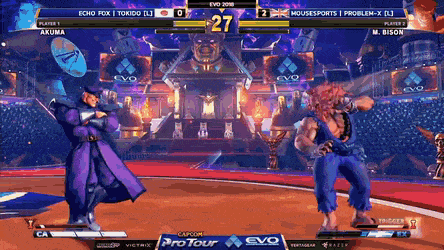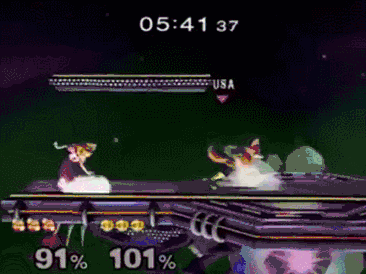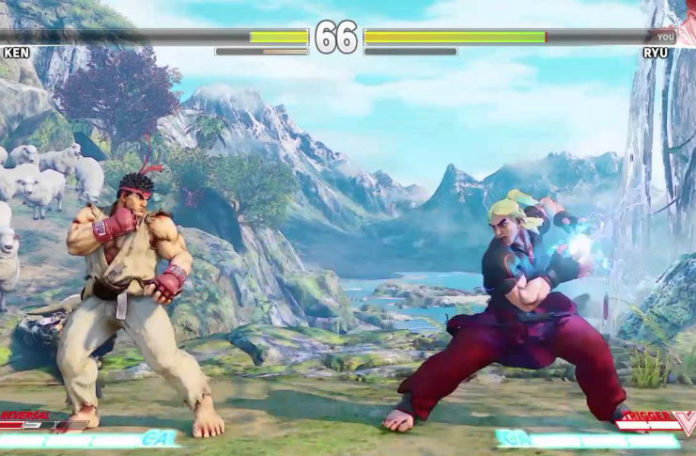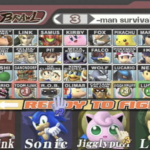If you’ve ever heard the term “neutral” while watching a fighting game tournament, you may have a vague idea of what it means, but still aren’t too sure as to why it’s so relevant.
Indeed, neutral is a simple enough concept to understand, but its importance and depth when it comes to fighting game fundamentals cannot be understated. Read on to learn what neutral is, and why it’s so essential at every level of competition.
What Is Neutral?
In fighting games, there are three “states” that players can find themselves in:
- Advantage – Where the player is pressuring their opponent
- Disadvantage – Where the player is being pressured by their opponent
- Neutral – Where neither player has the advantage
Basically, neutral is when both players are neither in an advantageous or disadvantageous position. When players are in neutral, you’ll often find them closer to the middle of the stage, using footsies and zoning to try and force the opponent into a position that allows the player to pressure them with their character’s kit.

Oftentimes, neutral is played with the intention of pushing people into positions that limit their options. In Street Fighter for example, getting characters into the corners is great for limiting what they can do, allowing you to pressure and hopefully overwhelm them. In Smash, it’s often about pushing characters off stage and ledgetrapping them, or getting them in the air without a double jump.
Good neutral is the bedrock to playing fighting games competitively; it’s what sets you up to dish out your damage, and also helps you avoid getting caught in your opponent’s setups.
The Importance Of Neutral

How important is neutral in fighting games? Well, it’s a scenario you will find yourself in many times in every single match: at the beginning of every round, whenever you or your opponent escape each other’s pressure, and so on. Understanding how neutral works is essential to holding your own in a competitive game.
It’s also something that can’t really be labbed like combos and setups. No matter how hard you practice a specific combo or finisher, if you can never win neutral enough to pull it off, you’ll always be holding yourself back. A lot of neutral is figuring out what you and your opponent can do in any given situation, and using that knowledge to try and get the upper hand.
It’s also worth saying that playing neutral isn’t a specific style; how you approach neutral in any given match depends on the character you’re up against and the playstyle of your opponent. Neutral can be just as much trying to learn about what your opponent likes to do as it is jockeying for position.
What’s The Best Way To Practice Neutral?

The only way you can learn how to properly play neutral is by playing as many people as possible (preferably people around or slightly above your skill level.) Neutral is primarily a skill you learn from experience, and while you can definitely give yourself an advantage by studying footage and frame data, you need to put yourself in neutral situations over and over to get a firm understanding of how it works.
Additionally, if you’re starting out, it’s wise to pick characters that aren’t too gimmicky, or that rely on a few sets of options to succeed. Picking Ice Climbers in Super Smash Bros. Brawl, for example, where they have a very unorthodox game plan compared to the rest of the cast, won’t give you a clear idea of neutral in that game is generally played. When first getting into competitive fighting games, start with a well-rounded character (such as Ryu in earlier Street Fighter games) to get a more fundamental understanding of how neutral works, and then dive into the more specialized characters.
Neutral is a simple enough concept that has endless depth to it. Just remember what tools you have to apply pressure to your opponent, and always take into account how they can escape it or counter whatever you do in those neutral situations. When you start to recognize all the different situations that can potentially play out, you’ll have a much better grounding for winning neutral consistently.











